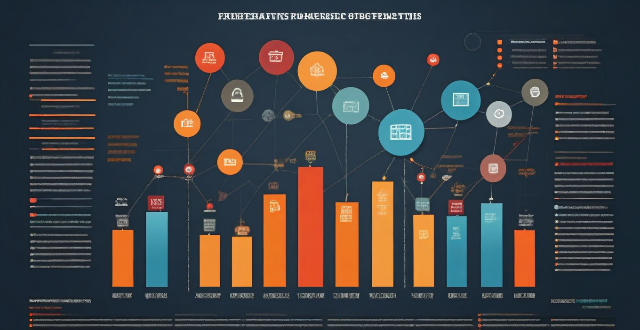An effective infographic should convey complex information in a clear, concise, and visually appealing manner. The key elements of an effective infographic include a clear purpose, concise and relevant information, visual hierarchy, compelling visuals, consistent design, interactive elements (optional), call to action (CTA), and accessibility. By incorporating these key elements, you can create an effective infographic that not only looks good but also effectively communicates its intended message to the target audience.

Key Elements of an Effective Infographic
An effective infographic is a visual representation of information or data that is designed to be both informative and engaging. It should convey complex information in a clear, concise, and visually appealing manner. The key elements of an effective infographic include:
1. Clear Purpose
- Define the Goal: Determine the main message or story you want to convey through your infographic.
- Target Audience: Identify who your audience is and tailor the content accordingly.
2. Concise and Relevant Information
- Focused Content: Stick to the most important points and avoid unnecessary details.
- Data Accuracy: Ensure that all data and facts are accurate and up-to-date.
3. Visual Hierarchy
- Prioritize Information: Use size, color, and placement to guide the viewer's attention.
- Logical Flow: Arrange information in a logical sequence that tells a coherent story.
4. Compelling Visuals
- High-Quality Images: Use high-resolution images that are relevant to the topic.
- Charts and Graphs: Incorporate charts and graphs to present data in an easily digestible format.
- Icons and Symbols: Use icons and symbols to enhance understanding and add visual interest.
5. Consistent Design
- Color Scheme: Choose a color palette that is consistent throughout the infographic.
- Typography: Use legible fonts that complement each other and are easy on the eyes.
- Style Guide: Follow a style guide for consistency in design elements such as lines, shapes, and patterns.
6. Interactive Elements (Optional)
- Animations: Incorporate animations to draw attention to key points or to add interest.
- Interactive Features: Include interactive features like clickable elements or hover effects to engage viewers further.
7. Call to Action (CTA)
- Encourage Interaction: Include a clear call to action that prompts viewers to take a specific action, such as visiting a website or sharing the infographic.
8. Accessibility
- Alt Text for Images: Provide alternative text for images so that screen readers can interpret them for visually impaired users.
- Contrast and Legibility: Ensure sufficient contrast between text and background colors for readability.
By incorporating these key elements, you can create an effective infographic that not only looks good but also effectively communicates its intended message to the target audience.